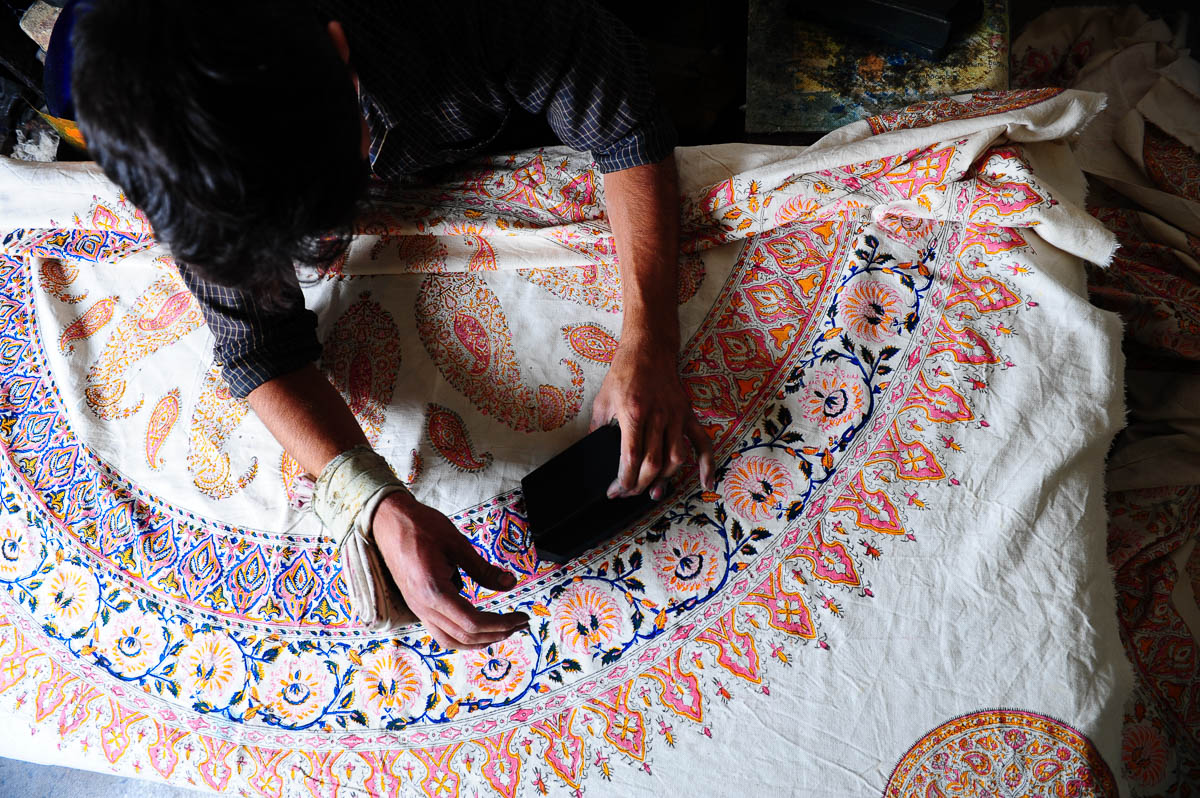What is Calico Printing? What are the processes and machines used to make it? Read on to learn all about the process. Listed below are some of the most important facts about the process of calico printing. Also read about the history of this art form and the origins of this art form. Now lets focus on the machines used.
Process of calico printing
The calico printing industry was an integral part of textile manufacturing in eastern Lancastria between 1765 and 1840. Despite its neglect, a substantial body of information survives about the process’ early development and territorial extent. This article highlights some of the key sources of data and maps them. Here, we examine the process’ development from its beginnings to the 1840s.
Robert Peel particularly shown interest in the printing of calico. Because it was a relatively new technique at the time, he secretly conducted experiments in his own home. He arranged for his family members to iron calico. In addition, the calico was laid on a pewter plate, which was customary at dinner time. Peel then sketched the pattern on the pewter plate. This process took around two weeks to complete.
The process of calico printing developed from a variety of sources. The earliest calico printers lived in the Pennine foothills and the Manchester embayment. Sir Robert Peel began with very humble means, using an ironing cloth and a parsley leaf to experiment with the design. His family became synonymous with calico printing, which rose rapidly in Lancashire and spread throughout the north of England. Although the Peel family establishments have changed hands over the years, they still remain among the largest textile manufacturing enterprises in the north of England.
Mercer’s inventions were also crucial to the development of the calico printing industry. He was able to patent several techniques, including myrtle green, pyroligneous acid mordant, Turkey red, and turkey red printing. Additionally, he patented a process called mercerization, which treated the cloth with a strong alkali and dilute sulfuric acid, making it stronger.
Mordants used in calico printing
The process of calico printing is a combination of dyes and mordants. The mordants are substances that fix the colour in the fabric and can include copper, iron, cochineal, sumach, and several mineral pigments. Generally, the mordants are applied separately or in mixtures. Some are also combined with the pigment to produce a mixture. In the printing process, the mixture is thickened with white flour, potato starch, or other substances. The resulting mixture of substances is known as dextrin, which facilitates the printing process.
The main types of mordants used in calico printing are alizarin, stearn colour, and garancin dye. The first two are applied topically. Artificial alizarin is also used for whites. The third type of dye used in calico printing is aniline black. The aniline black is created by the action of metallic chlorides on aniline oil. For the best results, use pure aniline. The second type of mordants is made from citric acid.
The mordants are applied to the fabric with pencils, rollers, or blocks. The mordants are applied to specific parts of the cloth. When several are used, each must be evenly distributed throughout the fabric. In addition, the mordants must not spread to the white area of the fabric and must be uniform. The same principle is applicable to the aqueous mordant. However, there are some considerations that must be made when selecting a mordant.
Another important step in calico printing is thickening the substances to be printed. Different mordants and colours require different thickeners. Experience and trial and error can determine which mordants are best for a particular printing style. Some common thickeners are wheat flour and starch. Other thickeners include gum-senegal and dextrin. These materials may be used for a single or multiple colours.
Origins of calico printing
Calico-printing was first introduced to Europe during the seventeenth century from India. It was practised in a crude manner in India before being exported to the West. According to Anderson’s “History of Commerce”, calico-printing began in London in 1676. It took time for the process to gain prominence, however, as demand for cheap prints increased during the seventeenth century. In this article, we will explore the origins of calico-printing, its history, and some of the earliest examples of calico-printing in Britain.
The invention of block printing made it possible to print multiple colours on a single piece of cloth. The process involved cutting the design into a sycamore block and striking the cloth with the resulting design. Today, cylinder printing has replaced the use of blocks, but some establishments still use blocks because of the unique nature of the work. A block requires several applications of ink in order to print a single piece of cloth.
Calico is a plain-woven cotton fabric, typically not fully processed. It may contain unseparated cotton husks, and is thus cheaper than canvas or denim. It was originally produced in the city of Calicut, in southwestern India, by caliyans. The raw calico fabric was dyed in bright hues and eventually became popular throughout Europe. It was originally used for curtains, and even for the manufacture of saris and clothing.
As a result of the influx of imported printed fabrics, Britain barely imported cotton yarn until the early eighteenth century. The trade in English calicoes declined in the early eighteenth century as textile manufacturers from Lancashire took advantage of the booming industry. But the calico craze shifted demand away from Europe’s established wool and silk industries. The resulting agitation for protection caused Parliament to pass laws banning the production of printed calicoes. This law, however, was not repealed until 1831.
Machines used in calico printing
There are several types of calico-printing machines. Steam style machines are a good example of these machines. The steam presses contain all of the materials required to create distinct colours. They also don’t need to dye the fabric. However, calico must still undergo finishing processes to achieve a glossy finish. In the accompanying diagram, we can see some examples of these machines. Listed below are some of the main components.
Calico-printing machines produce a wide range of calicoes in different colours. Each colour was printed on a separate cylinder. A single machine could print approximately 0.7 km of cloth per hour. Calico printing machines are still used today to produce a wide variety of products. However, some types of calico printing machines have undergone changes. The original cylinder machine used cast iron, but more modern versions use thin sheet copper instead.
Pigment colours are made from insoluble mineral powders and coloured lakes. Various combinations of slaked lime and green copperas are used in the printing process. Pigments containing arsenic are not used as they are toxic. Other colours are rejected because they are too dull or muddy in colour. Other pigments are prone to tarnish and darken when exposed to air.
Historically, calico-printing began in London around 1676 and quickly spread throughout England. In the seventeenth century, cheap prints from India flooded the market, causing the woollen and silk industries to suffer. Eventually, the public outcry became so loud that a ban was passed by Parliament. This act was aimed at keeping the textile industry from being undermined by cheap imports from the East.
Applications of calico printing
The invention of calico printing is a process that gives colour to cloth. It uses a discharge process to dye cloth, and allows the designer to insert designs in other colours. The printing process is most widely used for clothing and home decor. The earliest known examples of calico printing date back to the fourteenth century. The printing process uses a combination of a hand-block, a perrotine, and a cylinder machine. Depending on the style of printing, these methods use similar colours and mordants.
The process is similar to that of printing on paper, but it uses cotton instead of other fabrics. The cotton in calico has the highest absorption rate. The printing process also involves using a “tearer,” a device used to give the cloth a new coat of paste after each dip. The calico is then soaked in cold water, washed, and dried. Then, the calico is boiled in pomegranate peel juice and madder ink.
India rubber in coal naphtha solution was also used for calico printing, and was successful in bringing up the colours. However, the highly volatile naphtha was dissipated after the steaming process, leaving a thin film of caoutchoue and colour on the tissue. This process was particularly hazardous, as the fumes caused serious accidents. Fortunately, the dyes used for calico printing have been improved a great deal over the years.
A common mistake in attribution of cylinder machine calico printing is a misnomer: Isaac Taylor was not the first to develop cylinder printing. He simply oversaw a Manchester printing operation and obtained several patents for it. Although Taylor is the first to use a cylinder machine, the method dates back to the 17th century. However, modern cylinder machines use thinner sheet copper instead of thick cast cylinders.

